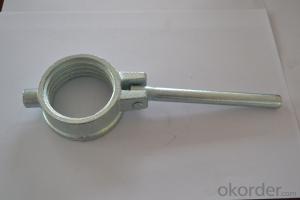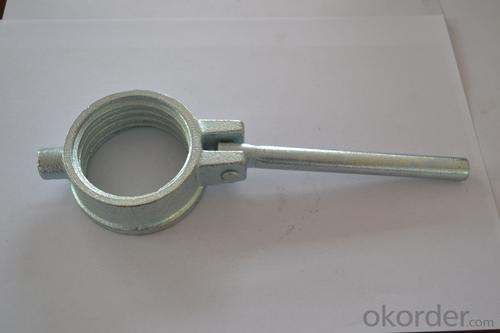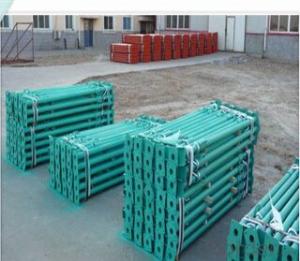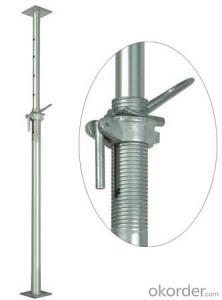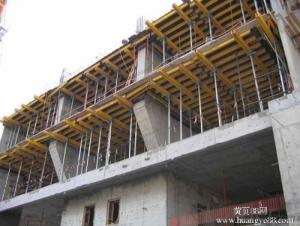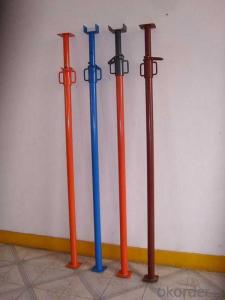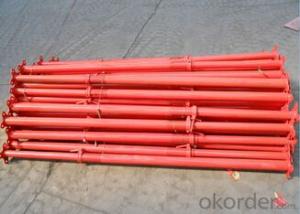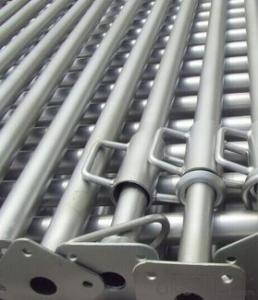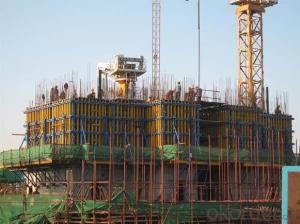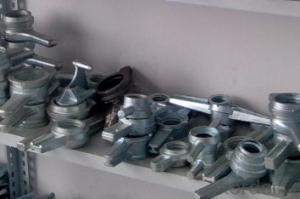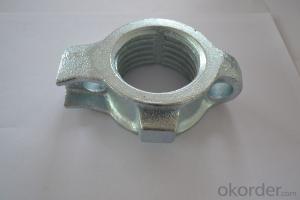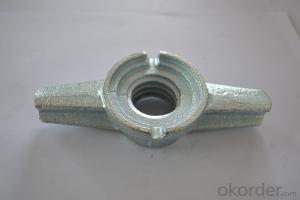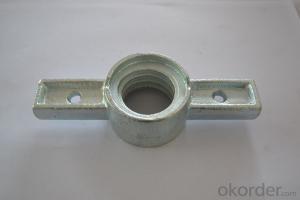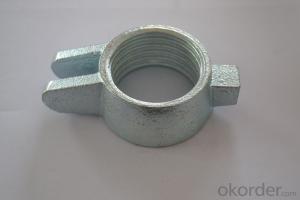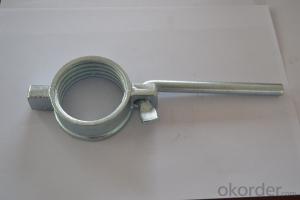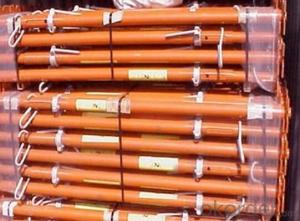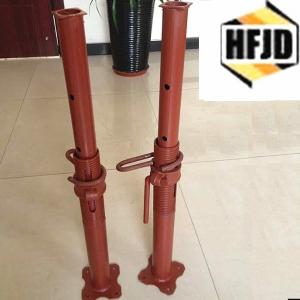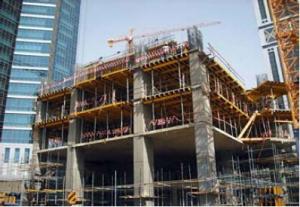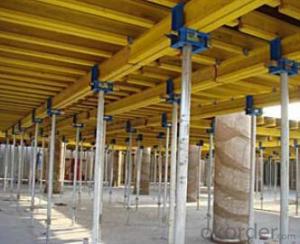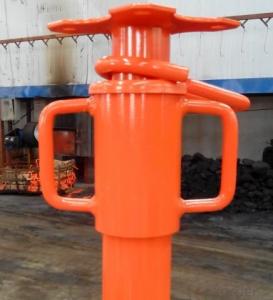OEM Two wing Butterfly Wing Nuts 7
- Loading Port:
- China Main Port
- Payment Terms:
- TT OR LC
- Min Order Qty:
- -
- Supply Capability:
- -
OKorder Service Pledge
OKorder Financial Service
You Might Also Like
Quick Details
| Model Number: | |||||
| Standard: | Type: | Certification: | |||
| Material: | Surface: |
Packaging & Delivery
| Packaging Detail: | Plastic bag, pallet packing, carton box, by customer's requirement |
| Delivery Detail: | within 30days after payment |
Specifications
Two wing Butterfly Wing Nuts
1>Excellent dimension accuracy
2>Finished: per your requirements
3>factory directly supply
Two wing Butterfly Wing Nuts
We supply kinds of metal parts totally according to clients' drawings and samples and special requirement.
1. Material: Ductile iron .
2. Sizes: Inner hole Dia 15/17mm.
We have different sizes ,types of wing nut to meet your needs, save your cost .
3. Weight: 0.35kg,thread pitch: 10.0mm.(or 6.35mm)
4. Surface: White Zinic , Yellow Zinic or painted, self color
5 Thread:casted or machine tap.
1. 12000M2 standard modern workshop guarantee production capability to satisfy the customers needs
2. Our Independent quality control department,Which make sure the quality of all products
3. Our efficient and experienced sales team ,provide friendly and thoughtful service for clients from all over the world
- Q: Can steel props be used in dam construction?
- Yes, steel props can be used in dam construction. Steel props are commonly used in construction projects to provide temporary support to structures such as walls, columns, or beams. In dam construction, steel props can be used to support formwork during the pouring of concrete, provide temporary support to excavation walls, or assist in the installation of various components of the dam structure. Steel props are known for their high load-bearing capacity and adjustable height, which makes them suitable for use in dam construction where large loads and varying heights are common. Additionally, steel props are durable, reusable, and can be easily adjusted or repositioned as needed during the construction process. They are also able to withstand harsh environmental conditions, making them a reliable choice for dam construction projects.
- Q: How do you dismantle a steel prop after use?
- To dismantle a steel prop after use, you need to follow a few steps. First, make sure you have the necessary tools for the job, such as a hammer, pliers, and a wrench. Start by removing any accessories or attachments from the prop, such as adjustable feet or connectors. Use the appropriate tool to loosen and remove these parts carefully. Next, locate any locking mechanisms or pins that hold the prop together. Depending on the type of prop you have, these may be located near the base or along the length of the prop. Use the pliers or wrench to release these locks and remove the pins. Once the locks and pins are removed, you can begin collapsing the prop. Lower the adjustable sections of the prop slowly and steadily, ensuring that you have a good grip and control over the collapsing process. As you lower each section, be aware of any tension or pressure that may have built up during use. It's essential to release this pressure slowly and cautiously to prevent any sudden movements that could cause injury. Finally, disassemble any remaining parts, such as the base or top section of the prop, depending on its design. Use the appropriate tools to loosen and remove any bolts or screws that hold these parts in place. Remember, safety should always be a top priority when dismantling any equipment. Take your time, follow the manufacturer's instructions if available, and be cautious of any potential hazards or risks associated with the specific prop you are working with.
- Q: Can steel props be used for supporting temporary hoardings or barriers?
- Certainly! Steel props have the capability to be utilized for the support of temporary hoardings or barriers. These adjustable and telescopic supports are frequently employed in construction for the purpose of providing stability to temporary structures. Their design allows for easy adjustment to the desired height. Given their strength and durability, steel props are well-suited for the task of supporting hoardings or barriers. They possess the ability to withstand the weight and pressure exerted by temporary structures, ensuring their security and stability. Furthermore, steel props are easily installed and removed, thus making them a convenient choice for temporary construction projects. In conclusion, steel props represent a dependable and efficient solution for the support of temporary hoardings or barriers.
- Q: Can steel props be used in the installation of temporary water or sewage pipelines?
- Yes, steel props can be used in the installation of temporary water or sewage pipelines. Steel props are commonly used in construction projects to provide support and stability to structures during installation or repair work. In the case of temporary water or sewage pipelines, steel props can be used to hold the pipelines in place and prevent them from collapsing or shifting. Steel props are sturdy and can withstand the weight and pressure exerted by the pipelines. Additionally, they are adjustable in height and can be easily installed and removed, making them suitable for temporary installations. Overall, steel props are a reliable and effective solution for ensuring the proper installation and stability of temporary water or sewage pipelines.
- Q: Are steel props suitable for supporting suspended concrete slabs?
- Indeed, steel props prove to be a suitable option when it comes to supporting suspended concrete slabs. These adjustable and temporary supports are frequently employed in construction settings to provide reinforcement for different structural components, including suspended concrete slabs. By offering stability and strength during the construction process, steel props ensure that the weight of the slab is uniformly distributed and adequately supported. Thanks to their ability to be easily adjusted to the desired height and withstand heavy loads, steel props emerge as an optimal choice for the task of supporting suspended concrete slabs. Moreover, their durability and reliability, coupled with the ability to be reused multiple times, make them a cost-effective solution for construction projects.
- Q: Can steel props be used in the construction of railway bridges or tunnels?
- Yes, steel props can be used in the construction of railway bridges or tunnels. Steel props provide necessary support and stability during construction, ensuring the safety and structural integrity of the infrastructure.
- Q: Are steel props suitable for supporting temporary swimming pools or spas?
- Yes, steel props are suitable for supporting temporary swimming pools or spas. Steel props are strong, durable, and able to withstand heavy loads, making them an ideal choice for providing support to the weight of a temporary pool or spa. They can be easily adjusted to the desired height, providing stability and ensuring that the pool or spa remains level and secure. Additionally, steel props are resistant to corrosion, which is crucial when dealing with water-based installations like swimming pools and spas. Overall, using steel props is a reliable and effective method for supporting temporary swimming pools or spas.
- Q: What are the safety certifications and standards for steel props?
- To guarantee the safety and dependability of steel props, various safety certifications and standards must be followed. These regulations and standards are implemented to oversee the design, construction, and utilization of steel props, with the intention of safeguarding workers and the general public from possible risks. One widely recognized safety certification for steel props is the EN 1065 standard. This European standard establishes the technical prerequisites and testing procedures for adjustable steel props utilized in construction and related industries. It encompasses elements such as load-bearing capacity, stability, and durability, guaranteeing that the props can securely withstand the intended loads. Apart from the EN 1065 standard, steel props might also be required to conform to other certifications specific to certain regions or industries. For instance, in the United States, the Occupational Safety and Health Administration (OSHA) establishes safety regulations and standards for construction equipment, including steel props. OSHA's regulations prioritize structural integrity, load-bearing capacity, and stability to prevent accidents and injuries. Additionally, the British Standards Institution (BSI) issues guidelines and certifications pertaining to steel props. The BSI's standards, such as BS 4074 and BS 5507, ensure that steel props meet specific criteria in terms of materials, dimensions, and performance. These standards are widely followed in the construction industry in the United Kingdom and other countries that adopt BSI guidelines. It is of utmost importance for manufacturers and users of steel props to ensure compliance with these safety certifications and standards. This can be achieved through regular inspections, proper maintenance, and adherence to the manufacturer's instructions. Furthermore, training and education for workers on the proper and safe usage of steel props are vital in minimizing the risk of accidents and ensuring overall safety on construction sites. In conclusion, the EN 1065 standard, OSHA regulations, and BSI guidelines are among the prominent safety certifications and standards for steel props. Adhering to these regulations and standards guarantees that steel props are designed, manufactured, and utilized in a secure and dependable manner, protecting workers and the public from potential hazards.
- Q: In the construction of steel support foundation pit excavation pit, with larger width, in the foundation pit is arranged in the middle of a row of piles, pile top reinforced concrete beam, my question is: can the top steel support beam on it, feel it should not, steel support should be at the top of the crown beam and steel Wai the purlin, bear it in beam top. Where is the specification?
- I am construction, I think or not, although no standard said no, but the standard only mentioned as defined in the top crown and beam purlin of steel support, I have not seen this kind of situation, do not know have you read it?
- Q: Can steel props be used for temporary support during bridge construction?
- Yes, steel props can be used for temporary support during bridge construction. Steel props are commonly used in construction projects to provide temporary support and stability. They are strong, durable, and adjustable, making them suitable for various construction applications, including supporting bridge structures during construction.
Send your message to us
OEM Two wing Butterfly Wing Nuts 7
- Loading Port:
- China Main Port
- Payment Terms:
- TT OR LC
- Min Order Qty:
- -
- Supply Capability:
- -
OKorder Service Pledge
OKorder Financial Service
Similar products
Hot products
Hot Searches
Related keywords
